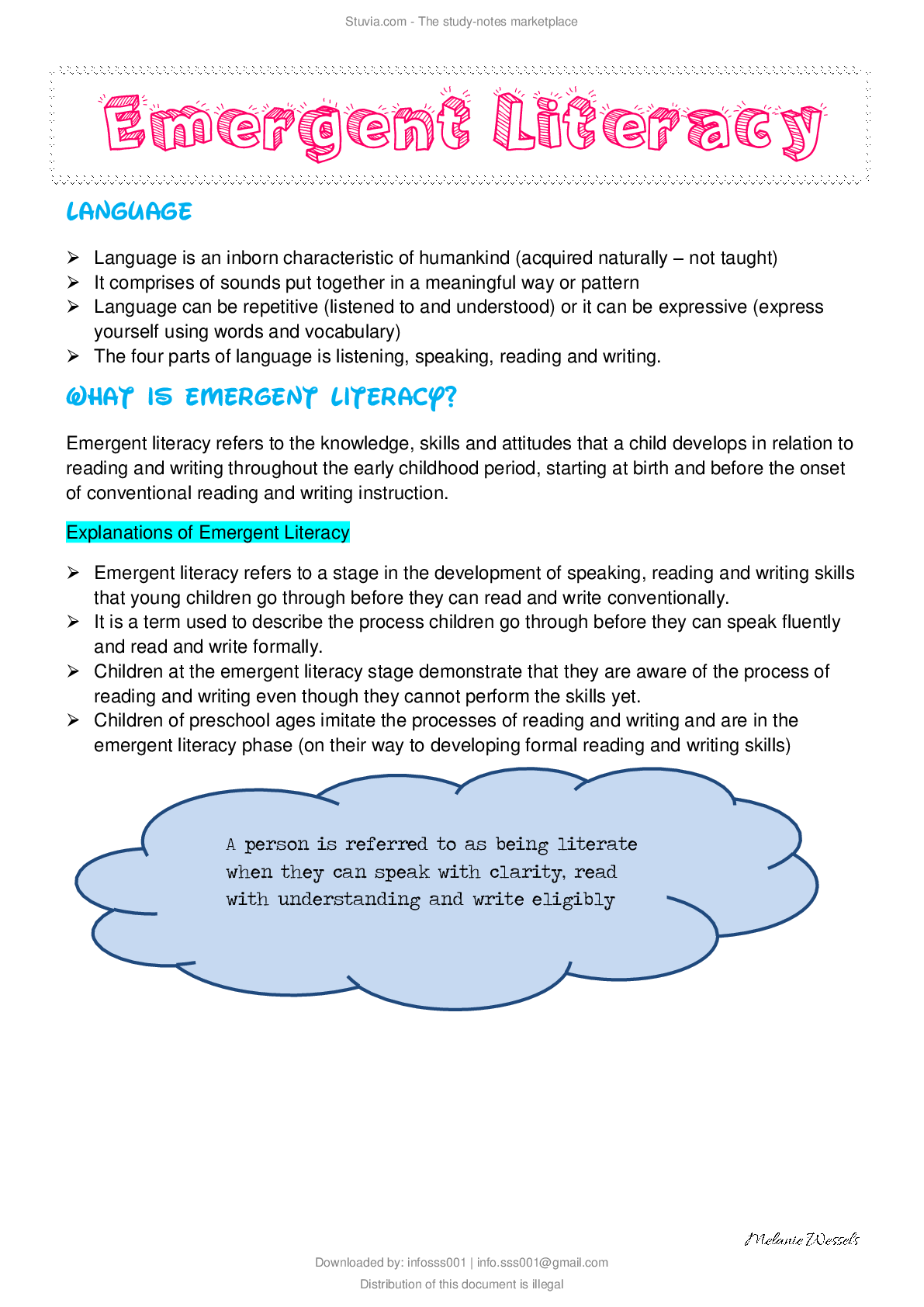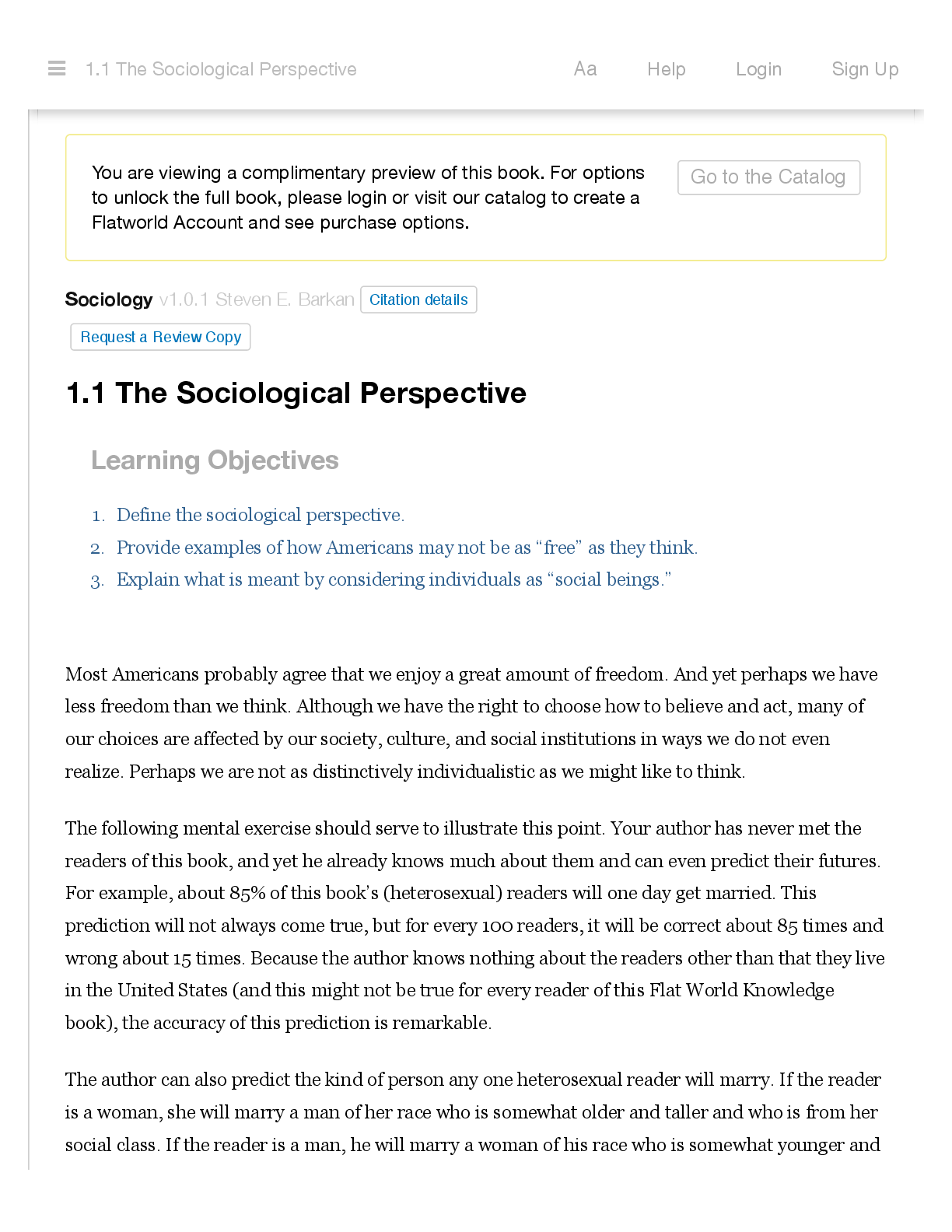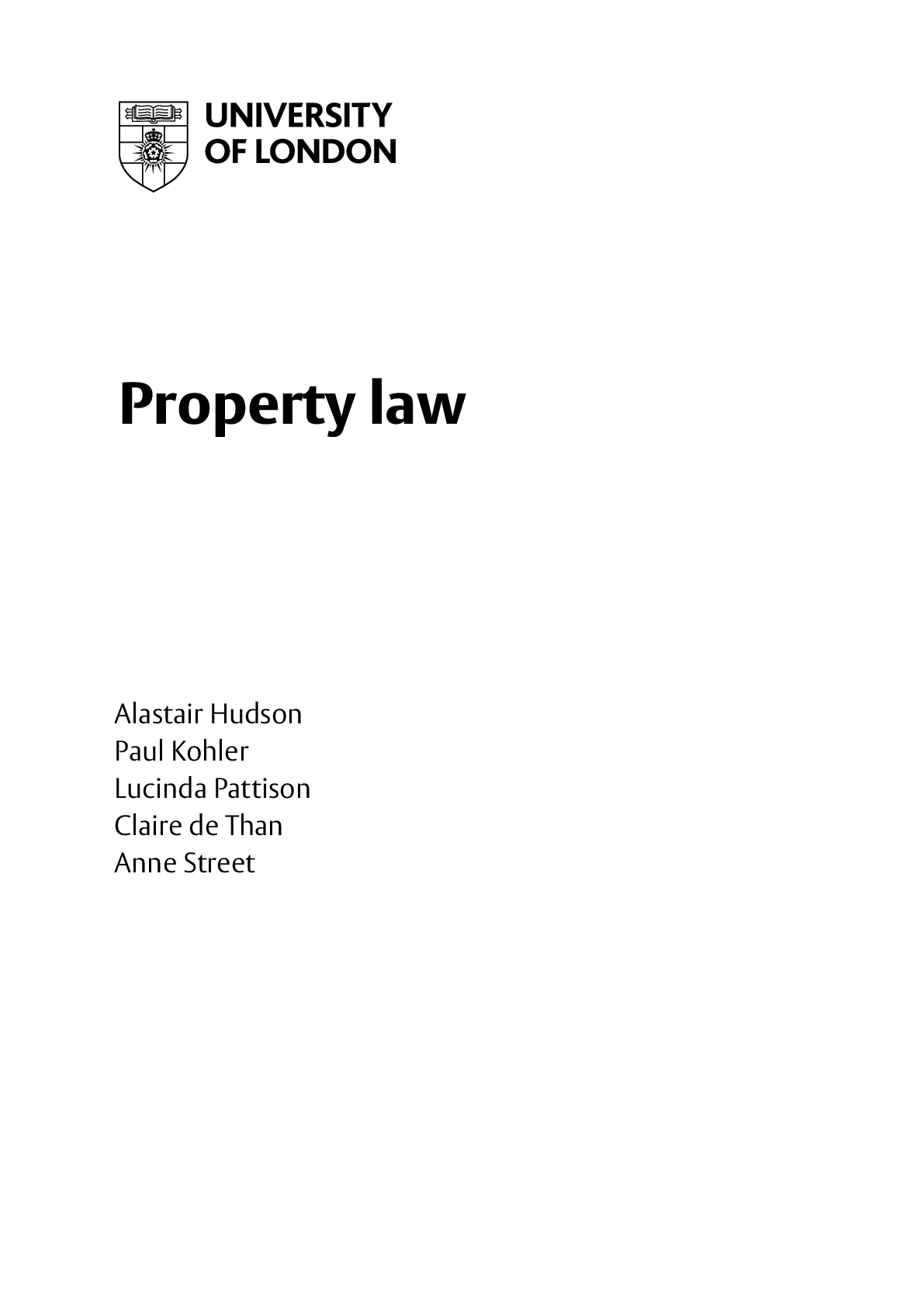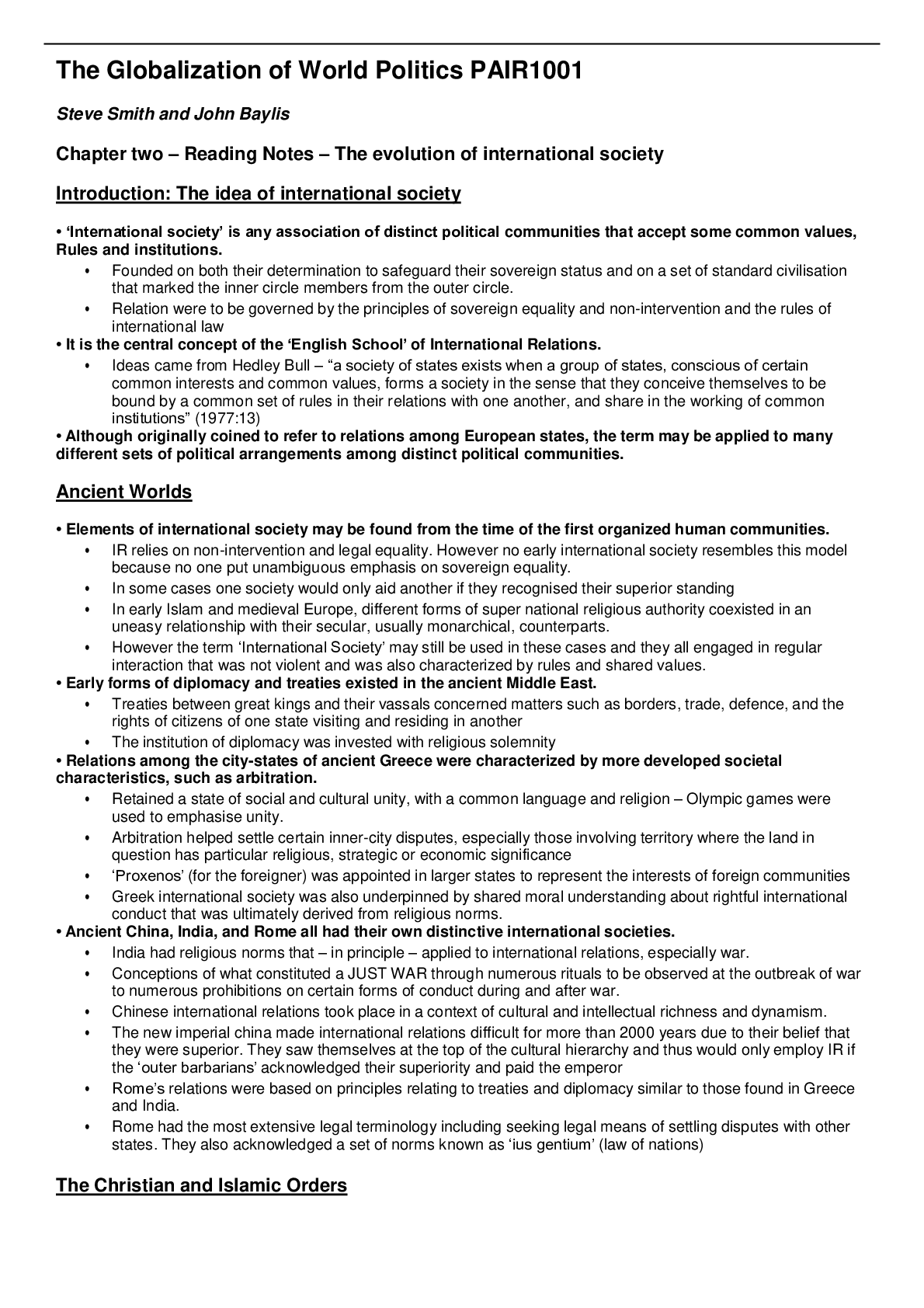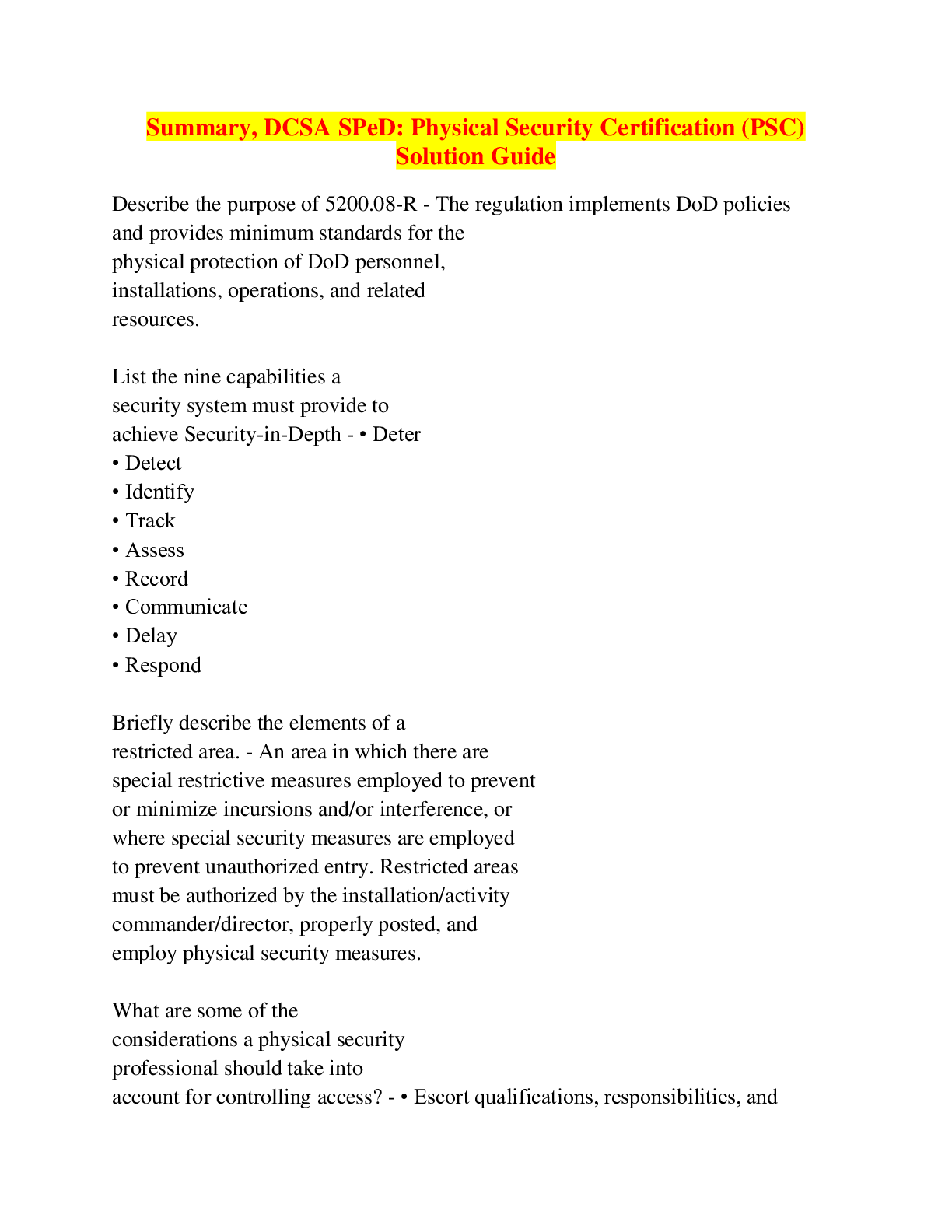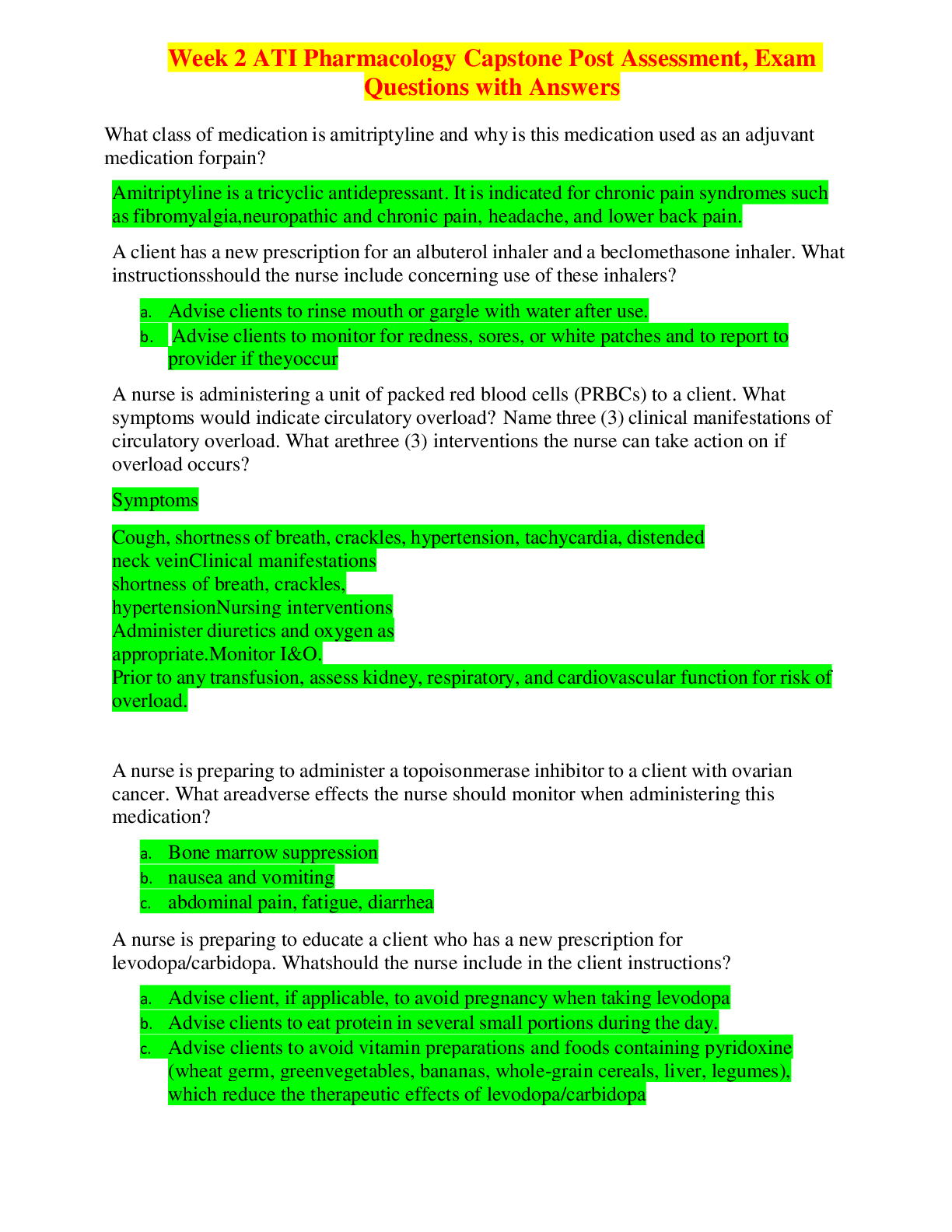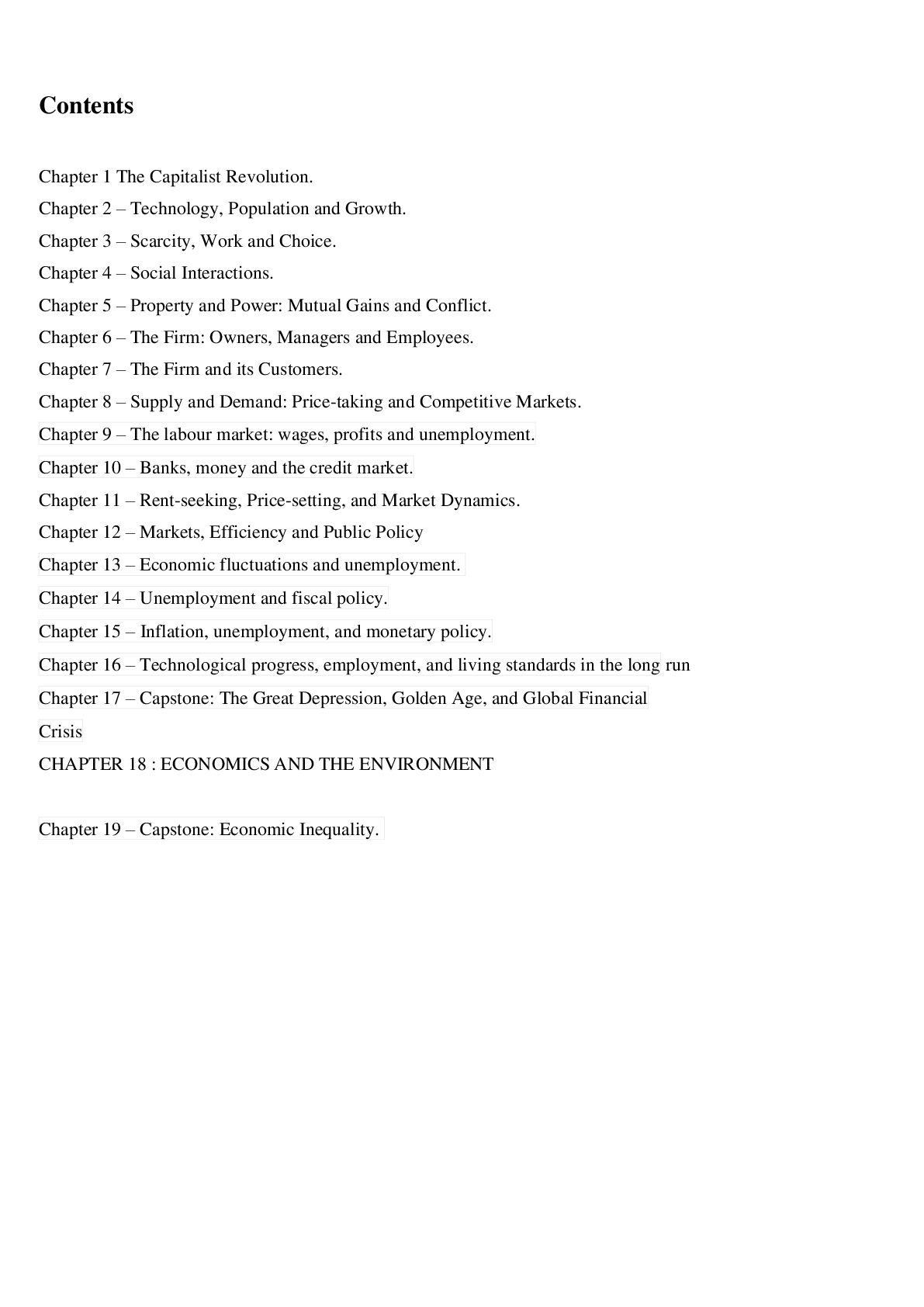Medical Studies > Summary > VET 110VET110MedicalNursingforVeterinaryTechnicianResearchProject %283%29 (1) Vet 110: Medical Nursi (All)
VET 110VET110MedicalNursingforVeterinaryTechnicianResearchProject %283%29 (1) Vet 110: Medical Nursing for Veterinary Technician Research Project
Document Content and Description Below
Vet 110: Medical Nursing for Veterinary Technician Research Project Margaret Amin 22286220 May 23, 2017 An orogastric tube is an important concept to veterinary medicine and is key to administeri ... ng fluids in a timely manner to your canine patient. There are a number of reasons why an orogastric tube would be placed in your canine patient, administering medication, food, or fluids through a tube that is passed through the mouth directly into the stomach. By using this procedure, activated charcoal solutions or to lavage the stomach to treat animals that have ingested toxins. Orphan or any weak neonate who cannot nurse on their own, can be fed milk replacer, using the orogastric intubation technique, which is passed through the mouth and into the distal esophagus or stomach of the canine patient. An orogastric tube (OGT) can also be presented in the case to decompress a patient with gastric dilation (bloated stomach). When performing an orogastric intubation you want to make sure that the length of your tube is 10-to 22- French plastic or rubber tube that is required to extend from the tip of the nose to the 13th rib which is then measured and marked on the tube with tape or ink. If your patient requires you to place the tube in the distal esophagus to feed an animal, the distance between the tip of the nose and the 8th rib is then marked. Water-soluble gel is used to lubricate the tip of the tube to make insertion of the tube into the esophagus more accessible. The canine patient is then restrained in sternal recumbency or can also be restrained in a standing or seated position. A roll of tape, a plastic or wooden speculum with a hole in the middle, or in a plastic syringe case with smooth ends is then placed behind the canine tooth to hold the mouth open. The muzzle is kept in a normal position and is held so that the mouth speculum does not become dislodged from the point of insertion. The tube is then slowly and steadily placed through the speculum. When this procedure is done correctly swallowing will be noted as the tube passes over the base of the tongue and into the esophagus. If the canine patient or any patient, coughs the tube may have entered the trachea and should be removed immediately. Once the tube is correctly into the esophagus, it is advanced as the premeasured length until it enters the stomach. Correct placement of the tube in the gastrointestinal tract should ALWAYS be verified before the introduction of any medications or fluids, as this could cause the patient to aspirate into the lungs if not properly placed! If the tube is correctly placed, fluid is then added to the tube with a 60-ml syringe, a metal drench pump, or funnel. After your fluid has been administered, the tube is bent to occlude it and then is withdrawn in a downward direction. This technique prevents a backflow of fluid from entering the trachea. Orogastric Tubes are essential to allow liquid medication, short-term feeding of gruel type diets, and flushing of the stomach (gastric lavage). However, by doing this the animal MUST have a swallowing reflex to prevent the aspiration of fluid if the patient regurgitates. Passing the tube into the trachea, instead of the esophagus, and administering whatever medication will cause this to fill the patient’s lungs instead of where it needs to go. By checking correct tube placement before continuing with your procedure will allow the animal to get the correct dosage and medication that it needs. Measuring the distance from the tip of the nose to the 13th rib correctly and placing your ink or tape on the end of the tube will allow you to see how far the tube needs to be inserted. Using the correct size tube will allow for each breed of dog to have a successful orogastric intubation! By using a water-soluble gel to lubricate the end of the tube passing through this will allow smooth transfer of the tube to the esophagus, without scratching or damaging anything along the way. Restraining the animal correctly during this procedure will allow less injury of not only the patient but you! Holding the mouth open correctly allows for the normal position to be maintained so the speculum does not become dislodged. Taking note of the animal’s behavior as you insert the tube will allow you to maintain correct position of direction of the orogastric tube. Paying attention to what your canine patient is telling you can play a key role in how well you perform simple and complicated procedures. However, there can be some complications to orogastric intubation as well. Discomfort of orogastric intubation can be felt by your patient if the procedure is not done correctly. Mechanical Complications of Orogastric Intubation can take place. Tube Obstruction and premature removal of the tube or dislodgement from the site of placement. Proper tube maintenance is a must, allowing food to sit in the tube can allow for a buildup for bacteria, the tube should be flushed with warm water after EVERY use, as gastrointestinal contents can be aspirated through the tube when checking residuals. Gastrointestinal Complications are seen when using orogastric intubation, when administering food too quickly in a large amount and during the wrong temperatures can all cause nausea, vomiting or abdominal discomfort. There are two types of metabolic discomfort that our canine patients can develop from orogastric intubation. The first one is the result of the patient’s inability to assimilate certain nutrients. The other type is called “Refeeding Syndrome”. Infectious Complications from orogastric intubation can occur in tube fed patients, that include contamination of the enterally fed formulas, peristomal cellulitis, septic peritonitis and aspiration pneumonia. These are all serious complications of orogastric intubation, by educating yourself on the proper technique on this procedure you will successfully fulfill the patient’s requirements and their needs! [Show More]
Last updated: 3 years ago
Preview 1 out of 15 pages
.png)
Buy this document to get the full access instantly
Instant Download Access after purchase
Buy NowInstant download
We Accept:

Reviews( 0 )
$15.00
Can't find what you want? Try our AI powered Search
Document information
Connected school, study & course
About the document
Uploaded On
Aug 27, 2021
Number of pages
15
Written in
All
Additional information
This document has been written for:
Uploaded
Aug 27, 2021
Downloads
0
Views
136

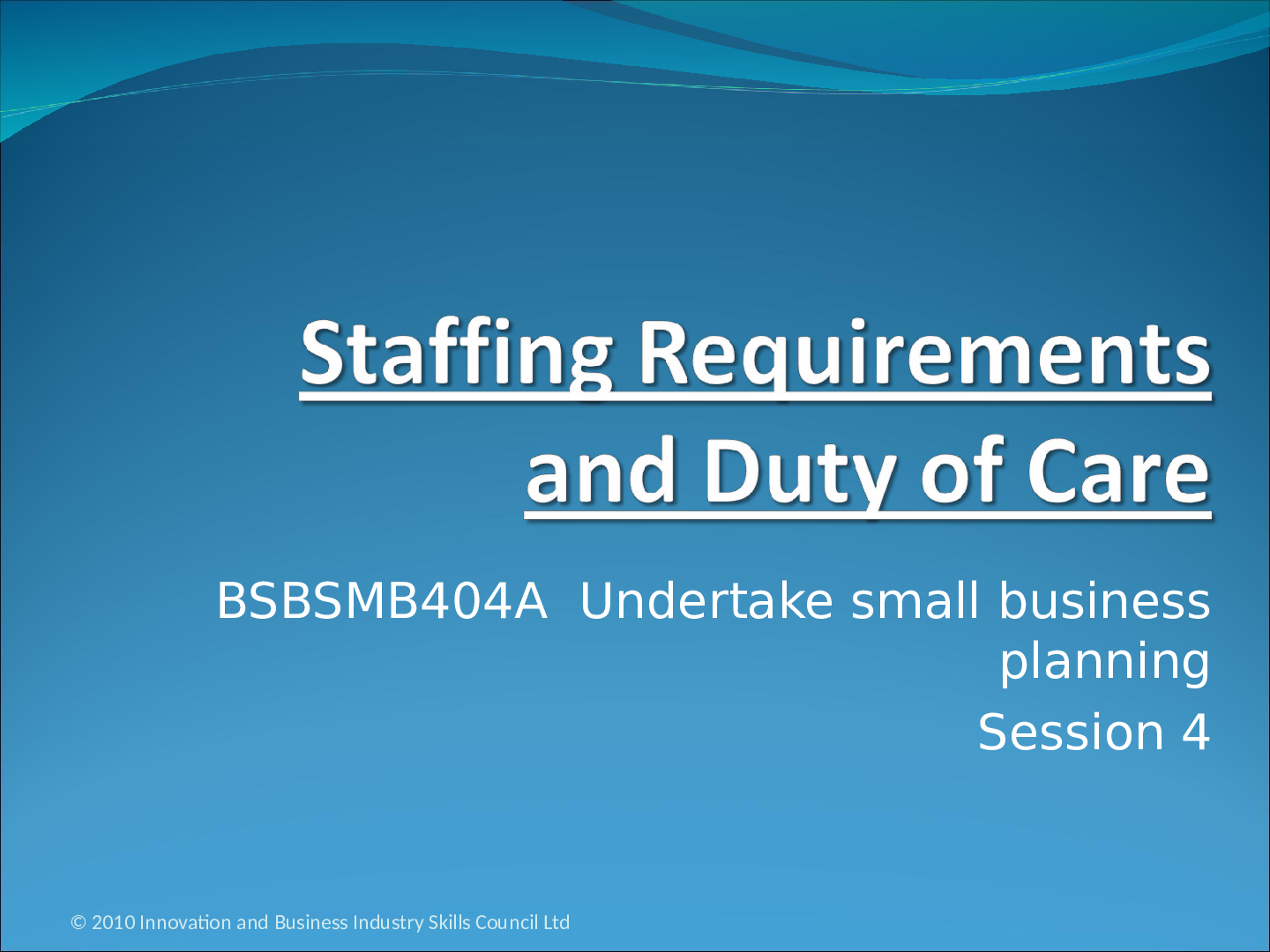
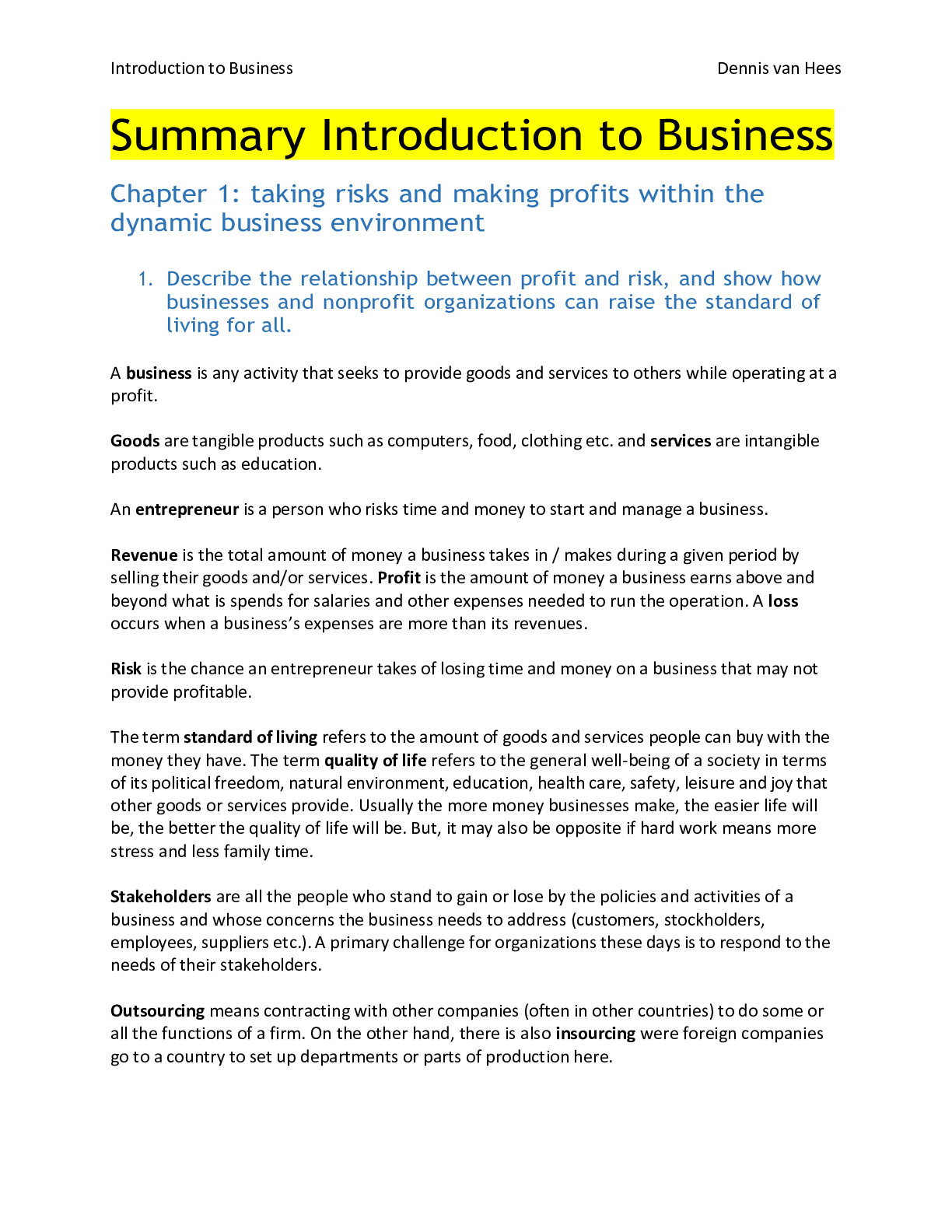
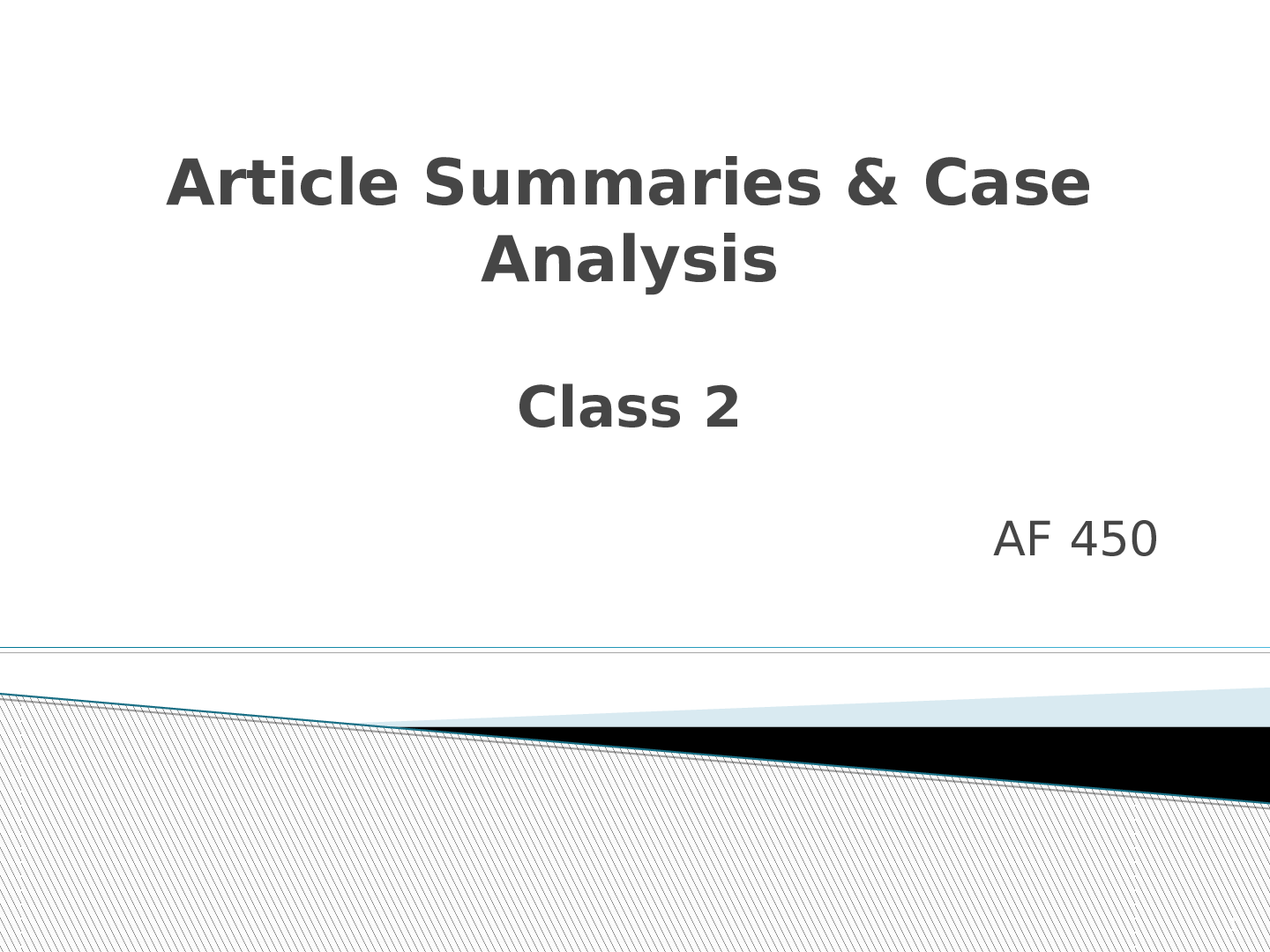



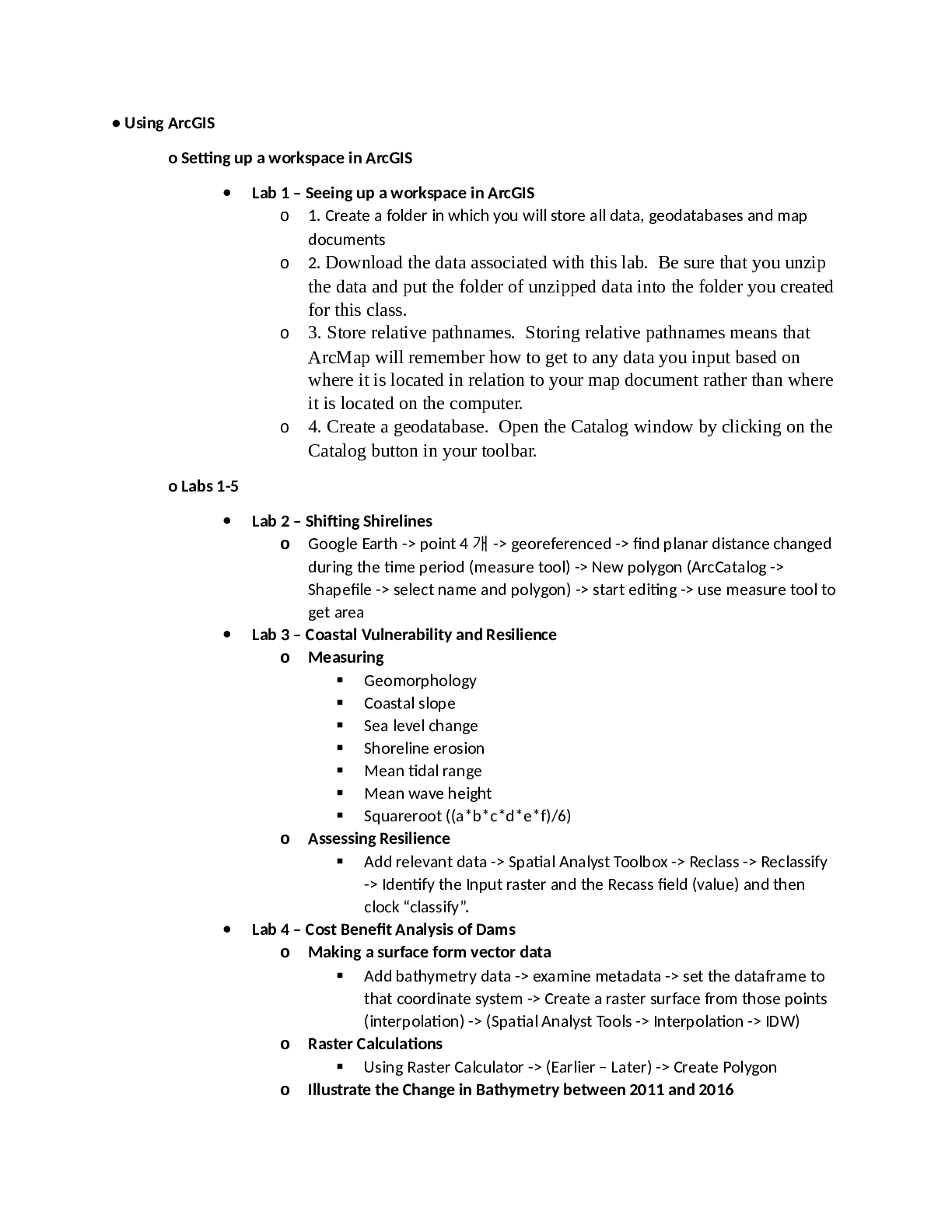


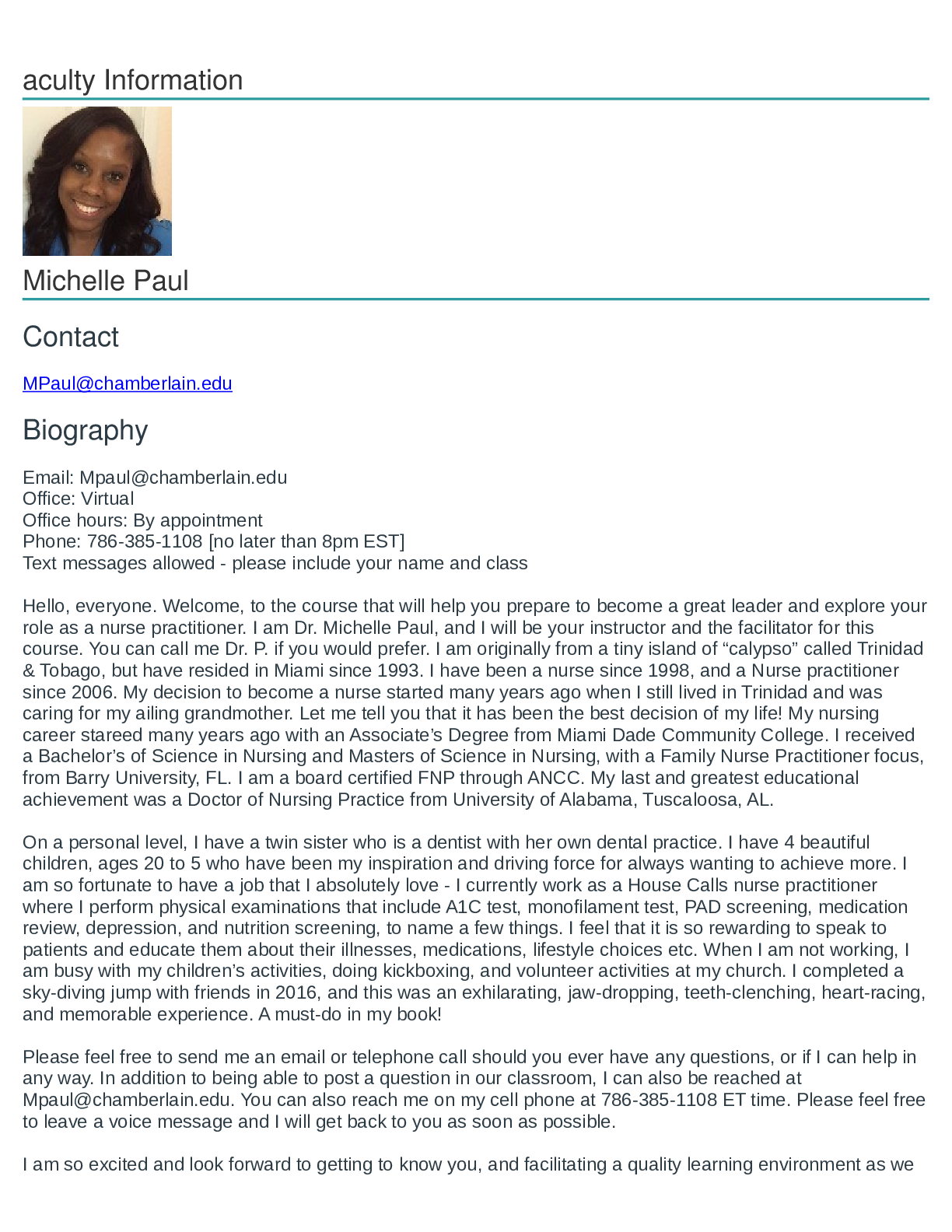
.png)
